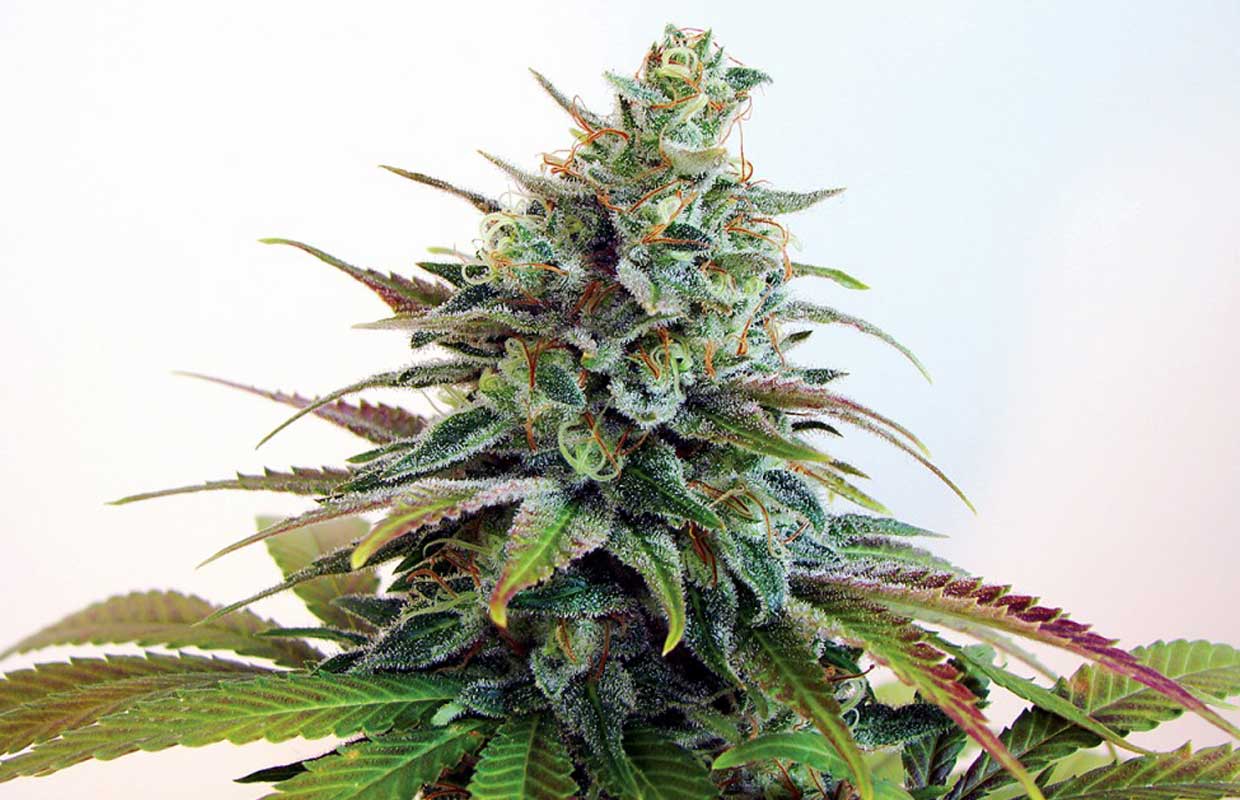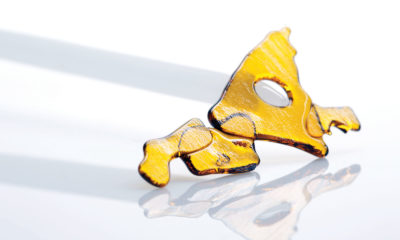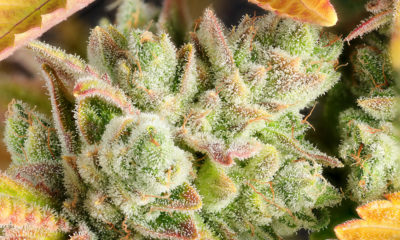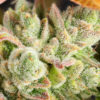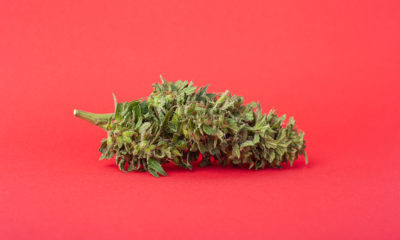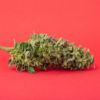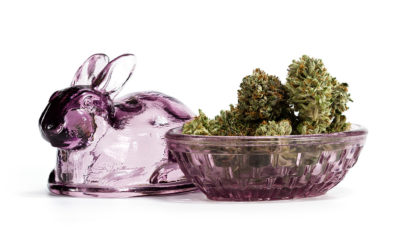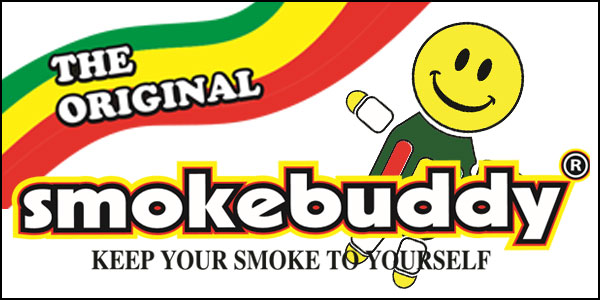Vanished in the Haze
Many people have forgotten about the Brotherhood of Eternal Light, a group of surfers from Southern California who traveled the world in search of the perfect wave and the perfect strain of cannabis.
Their main stock in trade was LSD — barrels of orange sunshine, specifically — but, like many good pyschonauts, they were also cannabis connoisseurs. The Brotherhood’s quest for an endless summer took them to Thailand, Hawaii and Africa, where they found epic waves and mind-blowing cannabis. The enterprising lads began to ship cannabis back in hollowed-out surfboards, right under the noses of clueless customs agents.
The 1970s were truly a different time. Along with the weed came seeds. At the time, only a few far-thinking folks put any real value on seeds. Just imagine how many epic genetics wound up on the floors of dorm rooms and crash pads around the world. Fortunately for future smokers everywhere, some did realize the potential and began to save and breed seeds. The Haze was one phenomenal example of these early breeders’ work.
Cannabis connoisseurship really began in the late 1970s. Publications from that era list prices for Hawaiian and Thai sticks that are far above the prices of regular herb. Hawaiian was going for $175 an ounce, whereas an ounce of Colombian was $40. This was also the beginning of the California commercial sinsimilla market, which was listed at $125 an ounce.
Folks began really breeding at this time, since many of their equatorial sativas didn’t grow as well in California. The Haze brothers emerged around this period in Santa Cruz with their eponymous strain, as well as a purple one. As best as this reporter has been able to ascertain, the strain was originally a cross of Colombian and Mexican genetics. Over subsequent seasons, Thai and North Indian strains were added to the mix.
The Haze rapidly achieved mythical status in the rarefied world of top-flight cannabis. The average smoker would have never before experienced cannabis of this level with Haze being reserved for rock stars, their dealers and a small group of growers who were in the scene enough to get their hands on it.
Enter Dave Watson, also known as Sam the Skunkman.
Skunkman was part of the Sacred Seeds collective, which is often credited with being the first seed bank in California. He traveled the world collecting seeds and was hard at work in Santa Cruz in the late 1970s, where he was able to obtain the legendary Haze. To escape the burgeoning drug war madness of the early Reagan years, the Skunkman decamped for Amsterdam in the early 1980s. Fortunately for all cannabis lovers nowadays, he took his precious stash of seeds with him. Skunk # 1, California Orange and several versions of Haze all resulted from his partnerships with Dutch breeders during the dark years of Reagan and Bush.
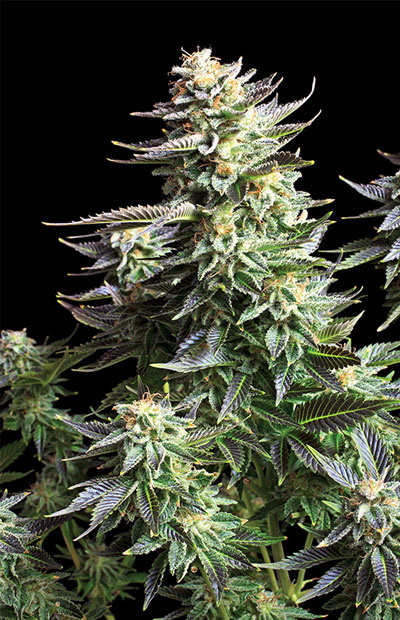
The most prominent (some might say even most notorious) of these breeders was Nevil Schoenmakers. By the late 1980s, he had ensconced himself in a mansion on the outskirts of Amsterdam dubbed the “Cannabis Castle.” Schoenmakers, like Skunkman, had traveled the world collecting cannabis genetics and breeding them to adapt to more northerly climates. Both men were larger-than-life characters — exactly the kind that the smuggling business attracted in those wild and wooly days — and they hit it off well and began to share their work. Thus, the Haze passed to Schoenmakers who immediately began marketing it worldwide. His version soon became the benchmark for Haze.
The largest challenge with growing Haze is its insanely long flowering time, which can take up to 16 weeks indoors. Originally developed to grow in Santa Cruz’s Mediterranean climate, indoor cultivation was a serious challenge for even the experienced Dutch, to say nothing of home cultivators, whose results with Haze are frequently disappointing. When grown correctly, the resulting flowers are unique. They feature long, stretchy sativa buds without the calyx structure most people associate with modern flowers. The color tends towards limey green with copious amounts of red hairs. In the early days of dispensaries in California, many inexperienced buyers turned down Haze flowers due to their lack of traditional cosmetic appeal.
The aromas of Haze tend towards the grassy and herbaceous end of the spectrum, similar to Sauvignon Blanc in the wine world. Smoking Haze is an intense cannabis experience. The rush is immediate and quite strong, especially for novice smokers, who often find it too strong. The high is a classic, uplifting sativa with no ceiling. The more you smoke, the higher you get. Haze will even overtake other highs, lifting you out of an indica couchlock, for instance.
During the 1990s Haze was all the rage at Cannabis Cups with many of the Dutch seed companies releasing their own versions of Haze with shortened flowering cycles. Crosses of Haze began to appear with Arjan’s Green House seeds being the most prolific. Green House has won many cups with these crosses, like Super Lemon Haze.
Nevil got busted by the DEA and his version of Haze was lost, although some claim to still have it. Even with the grand buzz during the 1990s, as the new millennium dawned, Haze began to be supplanted by Trainwreck, Purps and then the king, OG Kush. The long flowering times and often poor versions began to take their toll and the younger generations preferred their cannabis thick, calyx-laden and packing a serious punch. The couchlock replaced the rocket ride of almost psychedelic intensity.
We’ve almost come around full circle today with a whole new appreciation of sativas, especially Thais and Congolese becoming more common. Maybe we will also see a return of the dynamic Haze sometime soon.



